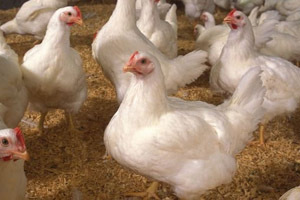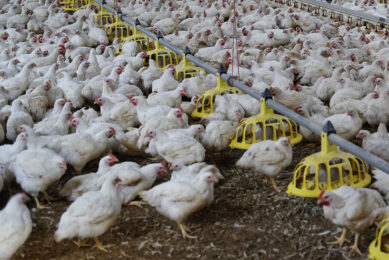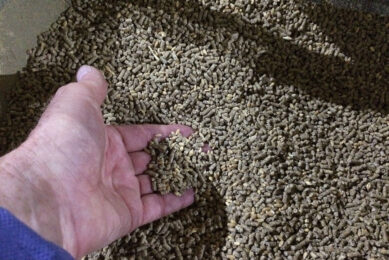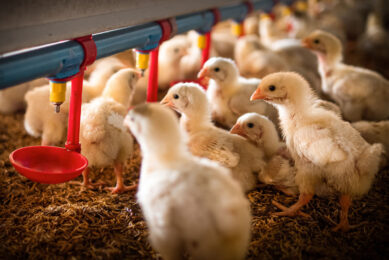AGP alternatives to prevent clinical necrotic enteritis

Researchers from the Pig and Poultry Production Institute, South Australian Research and Development Institute, and the University of Adelaide in Australia, have made a comparison of alternatives to in-feed antimicrobials for the prevention of clinical necrotic enteritis.
The capacity for Lactobacillus johnsonii and an organic acid (OA) blend to prevent Clostridium perfringens-induced clinical necrotic enteritis (NE) in chickens was studied.
Methods and results
Cobb 500 birds were allocated into 6 groups (n = 25 birds/pen, 8 pens/treatment); Unchallenged, Challenged, Antimicrobial (zinc bacitracin (ZnB)/monensin), OA, probiotic Lact. johnsonii and probiotic sham (Phosphate-buffered saline). All birds were challenged with Eimeria spp. and C. perfringens except for unchallenged controls. Birds fed antimicrobials were protected from NE development as indicated by maintenance of body weight, low mortality and clostridium levels, and decreased intestinal macroscopic lesion scores compared to challenged controls (P < 0.05).
Lactobacillus johnsonii-fed birds had reduced lesion scores, whilst OA-fed birds had decreased C. perfringens levels. Both Lact. johnsonii and OA-fed birds had improved feed efficiency between days 0 and 28 compared to challenged controls; however, mortality and body weights were not improved by either treatment. Microbial profiling indicated that the challenge procedure significantly altered the jejunal microbiota. The microbiota of antimicrobial-fed birds was significantly different from all other groups.
Conclusions
Whilst Lact. johnsonii and OA altered specific intestinal parameters, significant protection against NE was not observed. Lactobacillus johnsonii and OA did not prevent NE; however, some improvements were evident. Other related treatments, or combinations of these two treatments, may provide greater protection.
This study has been published in the Journal of Applied Microbioly, 2010 Apr 23.













